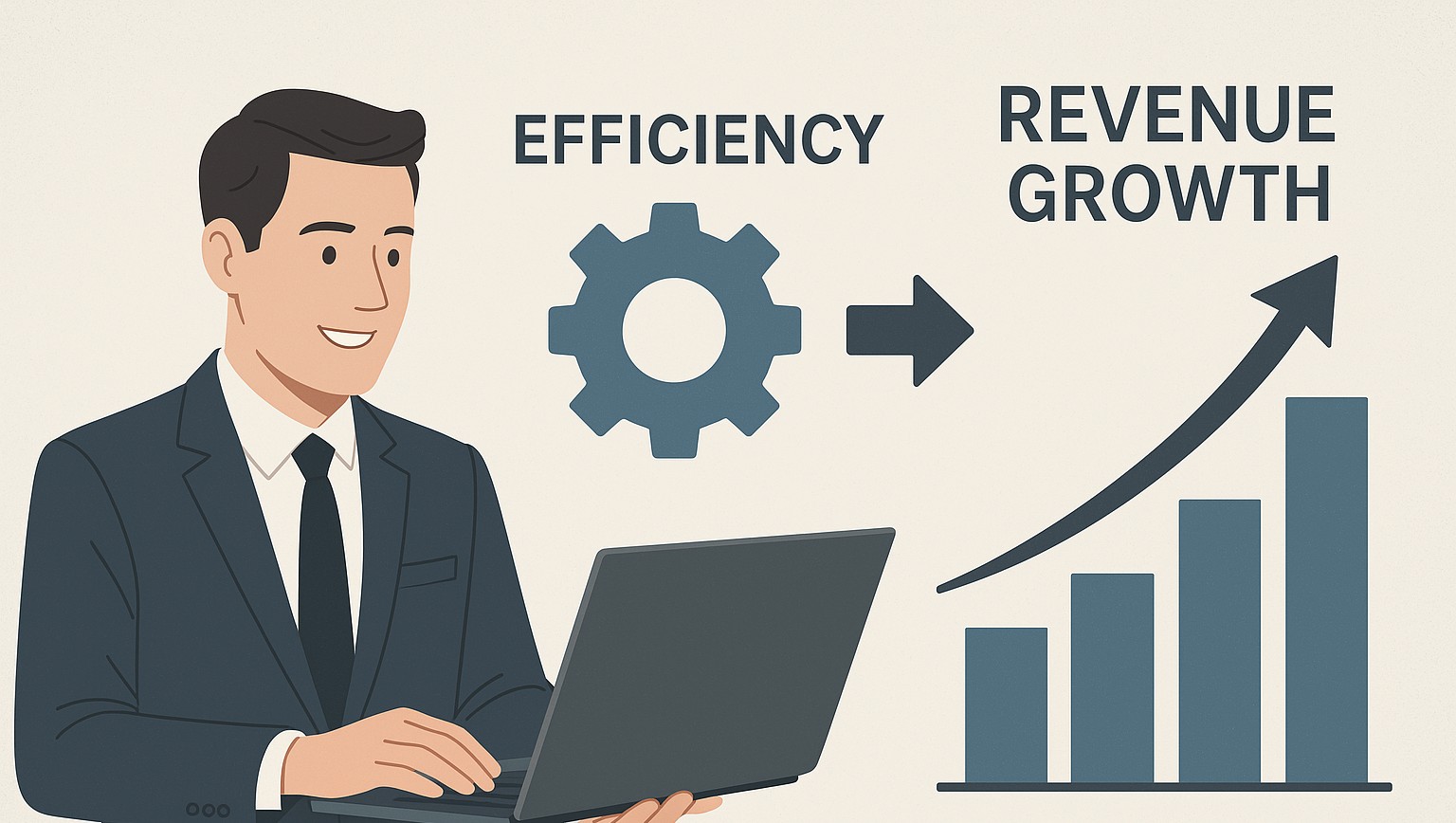Price increases are sometimes necessary to maintain profitability and reflect the value of your services. This guide explains how to communicate changes transparently, justify adjustments effectively, and manage client conversations to minimize churn and maintain strong relationships.
Key Strategies for Communicating Price Increases
1. Plan the Timing of Your Announcement
Actionable Tips
- Provide clients with at least 60–90 days’ notice before implementing any price changes.
- Align the timing with service renewals or the introduction of new features to soften the impact.
Key Insights
- MSP Benefit: Early communication builds trust and reduces the likelihood of negative reactions.
- Client Value: Clients appreciate you giving them time to plan for adjustments and assess their options.
Next Steps
- Set a regular schedule for price reviews. Adjust rates annually or biannually.
- Include upcoming price increases as a discussion point in QBRs or client check-ins.
2. Clearly Justify the Price Increase
Actionable Tips
- Highlight factors such as rising operational costs, enhanced service offerings, or the inclusion of new features.
- Use specific examples to show value, like additional cybersecurity layers or improved support response times.
Key Insights
- MSP Benefit: A well-justified increase reduces client objections and builds credibility.
- Client Value: Clients understand the reasoning behind the increase and see its connection to their benefits.
Next Steps
- Develop a value statement that clearly explains how the increased rates align with improved services.
- Use visuals or reports to showcase new features or upgrades.
3. Reinforce the Value of Your Services
Actionable Tips
- Use data points to demonstrate your impact. Examples can include reduced downtime, improved system performance, or cost savings through proactive management.
- Include testimonials or case studies that highlight how your services have positively affected other clients.
Key Insights
- MSP Benefit: Reinforcing your value makes it easier for clients to accept the price adjustment as reasonable.
- Client Value: Clients feel reassured that they’re receiving high-quality services worth the investment.
Next Steps
- Incorporate ROI calculators in your communication to quantify the benefits clients receive.
- Share success stories or recent milestones as part of your price increase announcement.
4. Offer Alternatives for Flexibility
Actionable Tips
- Provide clients with tiered options to fit their budgets, such retaining core services by scaling back to a Basic plan.
- Introduce flexible payment terms, like quarterly billing, to make price adjustments easier to manage.
Key Insights
- MSP Benefit: Offering alternatives reduces churn risk by allowing clients to adapt while staying with your MSP.
- Client Value: Clients feel empowered to choose a package or payment plan that works best for them.
Next Steps
- Review current client contracts to identify areas where flexibility can be built in.
- Create promotional materials highlighting tiered service options or temporary discounts.
5. Train Your Team for Client Conversations
Actionable Tips
- Provide your sales and account management teams with scripts and FAQs to handle client concerns.
- Role-play potential scenarios to ensure that your staff can confidently deliver the message.
Key Insights
- MSP Benefit: A well-prepared team minimizes miscommunication and guarantees consistent messaging.
- Client Value: Clients appreciate clear, empathetic explanations during price discussions.
Next Steps
- Host internal training sessions to align messaging across departments.
- Use feedback from early client conversations to refine your approach.
6. Communicate the Price Increase Through Multiple Channels
Actionable Tips
- Use emails, client calls, and in-person meetings to ensure all clients are informed.
- Follow up with a written summary detailing the new pricing and its effective date.
Key Insights
- MSP Benefit: Multiple communication touchpoints ensure that no client is unaware of the changes.
- Client Value: Clear communication reduces confusion and builds trust.
Next Steps
- Develop a communication timeline to ensure consistent messaging across all channels.
- Personalize communications for key accounts to show they’re valued.
Checklist: Communicating Price Increases Effectively
1. Have You Notified Clients 60-90 Days in Advance?
- If Yes: Follow up with reminders closer to the effective date to ensure understanding.
- If No: Send an immediate announcement and schedule calls to discuss the change.
2. Have You Clearly Justified the Price Increase?
- If Yes: Provide supplementary materials, such as a one-pager showing added value or cost drivers.
- If No: Draft a justification statement that highlights new services, improvements, or market changes.
3. Did You Emphasize the Value Clients Receive?
- If Yes: Use recent data, reports, or testimonials to reinforce your value proposition.
- If No: Develop case studies or ROI examples to demonstrate the impact of your services.
4. Have You Offered Alternatives or Flexibility?
- If Yes: Monitor client responses to see which alternatives are most popular.
- If No: Review current service tiers and payment options to build in flexibility.
5. Is your team prepared to handle client conversations?
- If Yes: Schedule debriefs after key client meetings to refine your approach.
- If No: Host immediate training sessions to equip your team with messaging and FAQs.
Conclusion
Communicating price increases effectively requires transparency, preparation, and a focus on client value. By using this guide and checklist, MSPs can ensure a smooth transition while maintaining strong client relationships and minimizing churn.
Next Steps
- Want more helpful guidance on selling security services? Check out our Pricing and Bundling Answer Center
- Have a question for our experts? Send it to editors@channelpronetwork.com
ChannelPro has created this resource to help busy MSPs streamline their decision-making process. This resource offers a starting point for evaluating key business choices, saving time and providing clarity. While this resource is designed to guide you through important considerations, we encourage you to seek more references and professional advice to ensure fully informed decisions.
Featured image: iStock















